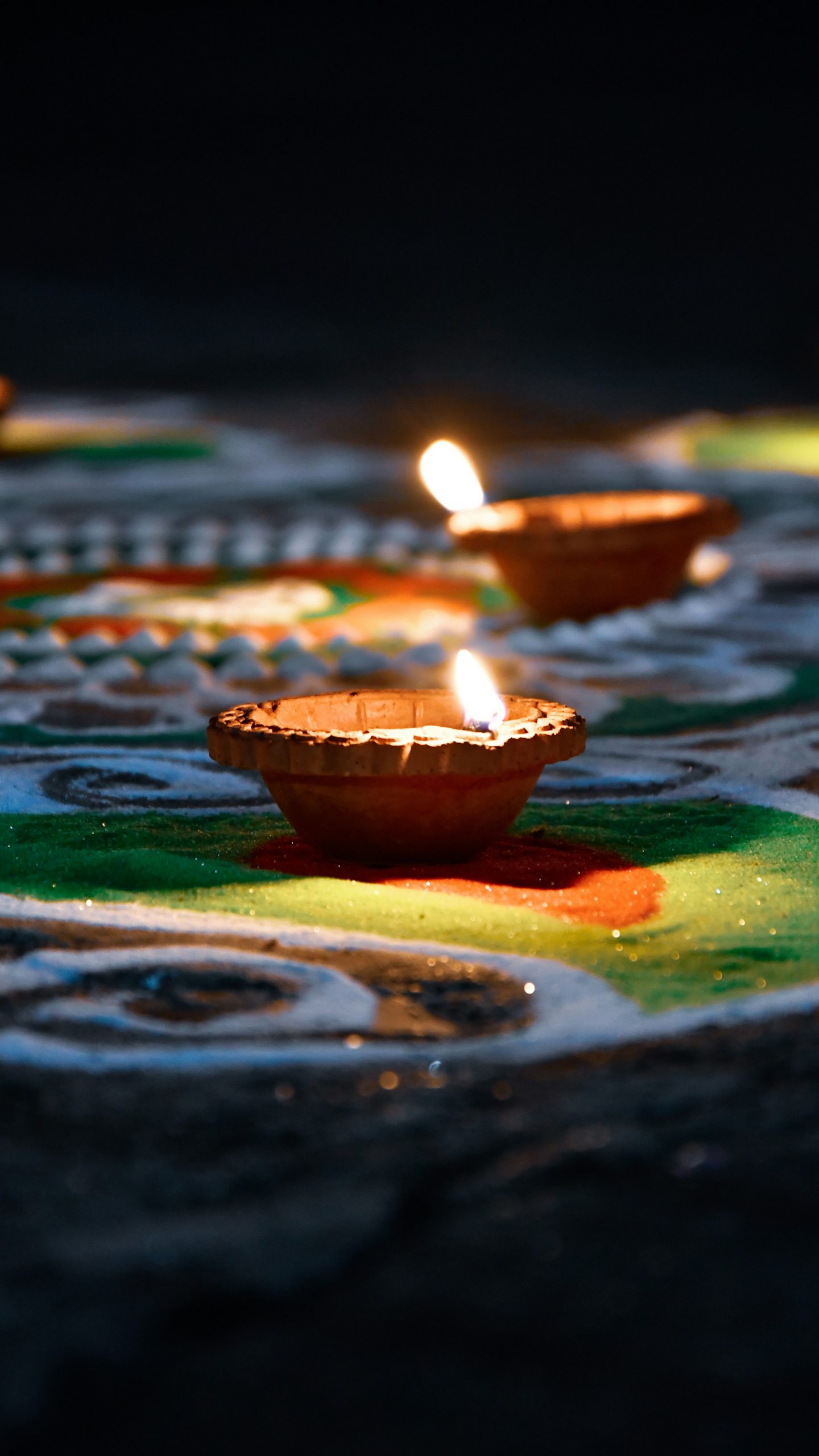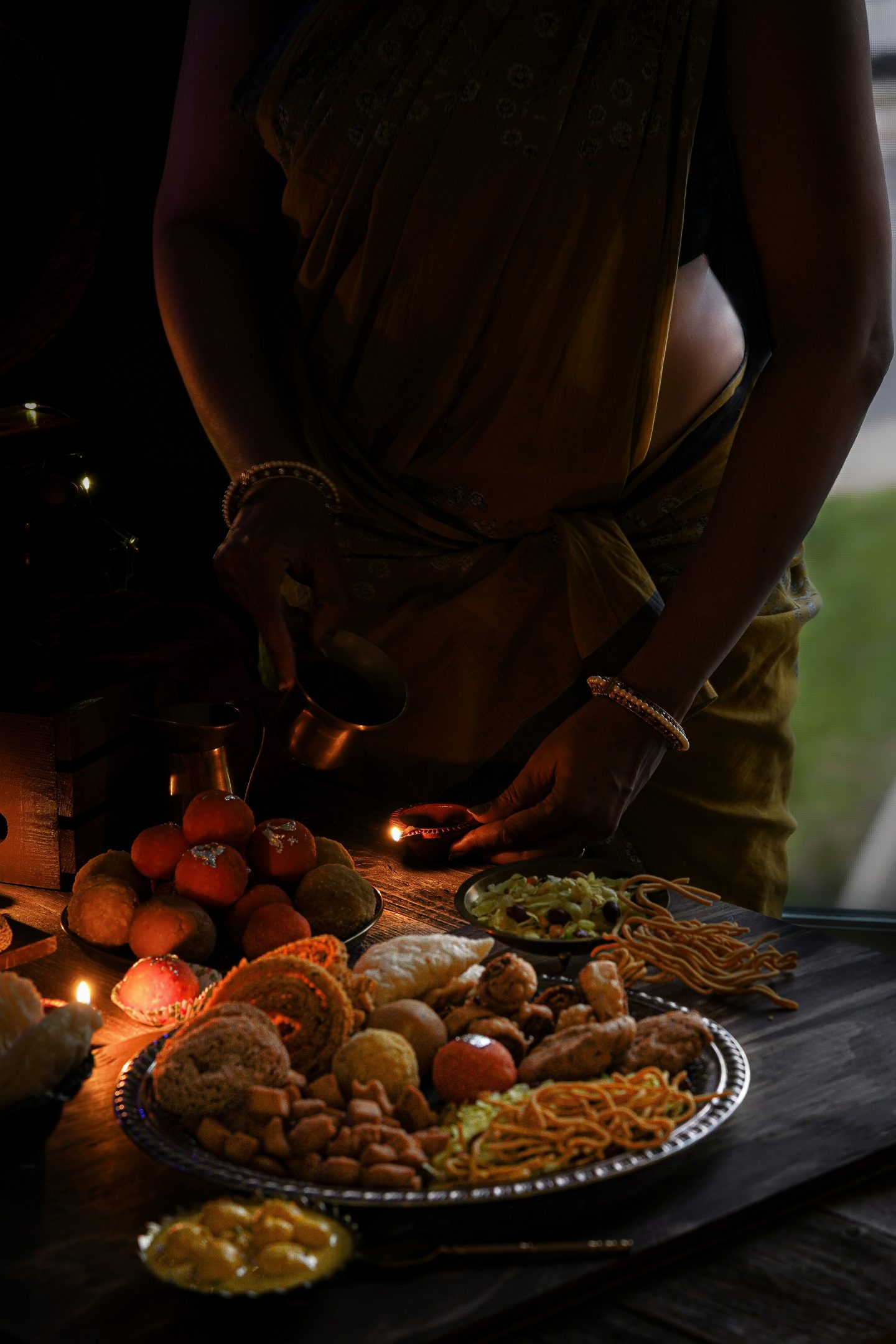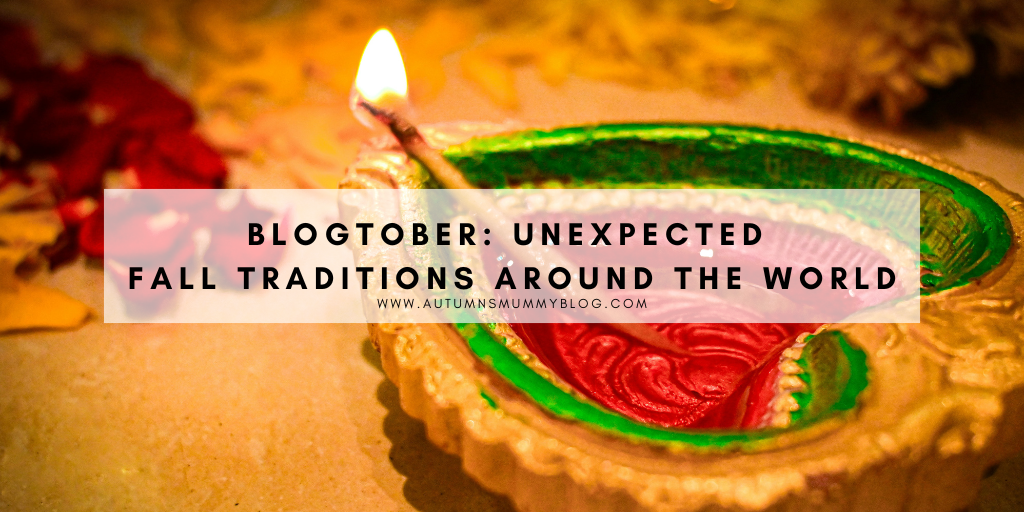Autumn traditions such as Trick or Treat, pumpkin picking and Oktoberfest are well known to us in the UK and our cousins over the pond in the US and Australia. However, there are some beautiful traditions around the world at this time of year which we might not have heard of or know much about in the western world. I’m going to use today’s prompt to talk about Diwali, India’s festival of lights – which I have previously celebrated to some extent!
The Story of Diwali
As a child, I grew up in a town with a large Sikh community and many of the children attended my primary school. As such, the majority of our RE lessons throughout the school were based on either Sikhism or Christianity. The first time I learnt about Diwali was when I was 5 and I was mesmerised by the story of Rama and Sita. There are different variations of the story of Diwali, but the overriding theme is the victory of good over evil. Here is a summarised version of the story from Activity Village:
Once upon a time there was a great warrior, Prince Rama, who had a beautiful wife named Sita.
There was also a terrible demon king, Ravana. He had twenty arms and ten heads, and was feared throughout the land. He wanted to make Sita his wife, and one day he kidnapped her and took her away in his chariot. Clever Sita left a trail of her jewellery for Rama to follow.
Rama followed the trail of glittering jewellery until he met the monkey king, Hanuman, who became his friend and agreed to help find Sita. Messages were sent to all the monkeys in the world, and through them to all the bears, who set out to find Sita.
After a very long search, Hanuman found Sita imprisoned on an island. Rama’s army of monkeys and bears couldn’t reach the island, so they began to build a bridge. Soon all the animals of the world, large and small, came to help. When the bridge was built, they rushed across it and fought a mighty battle.
When Rama killed the evil Ravana with a magic arrow, the whole world rejoiced. Rama and Sita began their long journey back to their land, and everybody lit oil lamps to guide them on their way and welcome them back.
Ever since, people light lamps at Diwali to remember that light triumphs over dark and good triumphs over evil.
How Indians Celebrate Diwali
How Indians celebrate varies a little and can depend on what region they or their family are from and whether they’re Hindu, Sikh or of another faith or religion. Diwali isn’t a one day event! It’s a holiday spread over 5 days, that begins with people cleaning and decorating their homes, workplaces and temples.
Decorating
Decorations include candles and diya/diva lamps, after which the festival is named. These clay lamps are lit to protect against bad spirits or negative energies and symbolising kindness and purity. Of course, it also reminds us of the oil lamps that people lit to guide Rama and Sita back and the triumph of good over evil.
I still remember making my diva lamp with clay and painting it with blue and purple metallic paints. I felt so proud when I got it home and my mum put it on display with a tealight in it! If you don’t have clay to make one, you could also make a diva lamp with saltdough with your children.

Aside from diva lamps, people also create colourful rangoli patterns on their floors using coloured powders. These are often by the doorway and intended to welcome Lakshmi, the Hindu goddess of wealth and good luck.
As a Community
People gather to pray, leave offerings and help feed the poor. They bathe and sometimes apply fragrant oils, as well as wearing new clothes. Friends and family visit each other and gifts are exchanged. No celebration is complete without food! If you have any Indian friends or family you will know that they are incredibly generous when it comes to food. Therefore it’s no surprise that lots of delicious food is feasted upon, which often includes curry and lots of sweet treats. My favourite is jalebi; crispy swirls of batter in a sugary cardamom and saffron syrup. Definitely not good for you to eat too often, but absolutely delicous! As if all this doesn’t sound wonderful enough, the celebrations continue into the night with fireworks displays.

When is Diwali?
In 2024, Diwali will be celebrated on Friday 1st November. The date changes every year and may be in October or November. It all depends on the Hindu calendar, based on the moon.
How I’ll Be Celebrating
I haven’t celebrated Diwali for a few years now, but I’m definitely feeling inspired to celebrate again this year! I think I’ll tell my children the story of Rama and Sita and make diya lamps with them. Maybe we’ll even go to watch the fireworks at the Gurdwara!
Photo by Aishwarya MV on Unsplash
